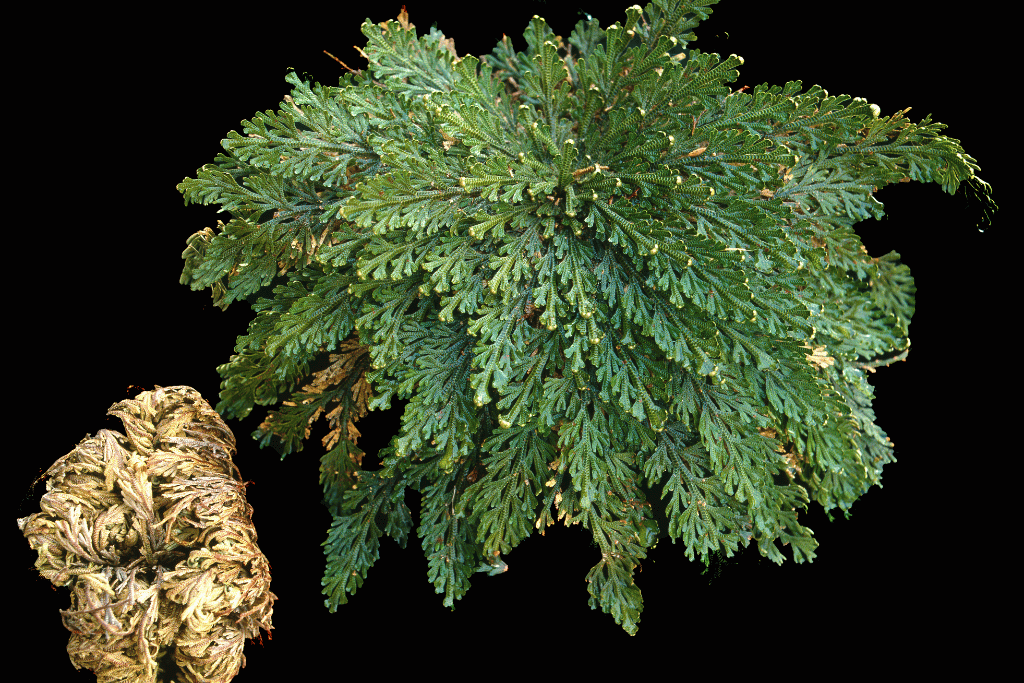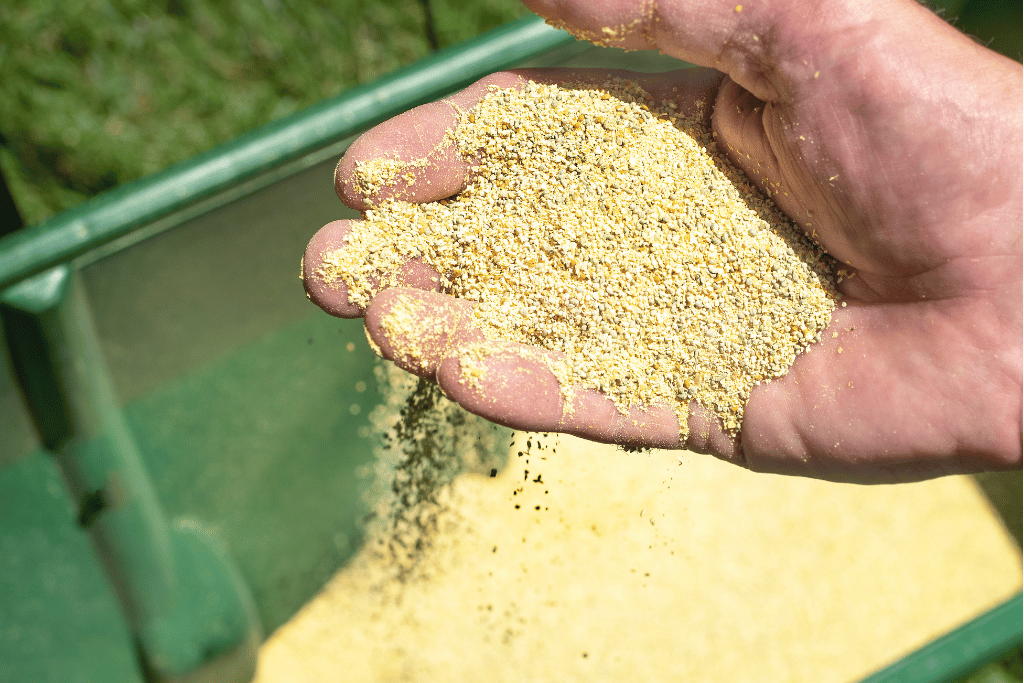
As a passionate gardener, I was distraught when my Birds of paradise plant started to show signs of distress. Their once vibrant leaves began to curl and droop, and I knew something wasn’t right. Spending a few days on the internet, asking questions to expert gardeners, I discovered that Birds of paradise leaves curling and turning brown is a common issue.
My days of neglecting my Birds of paradise were over; I was determined to tackle the issue head-on. To help others in my situation, I’d like to share what I learned about Birds of paradise leaves curling and its possible causes, symptoms, and solutions.
But first, let’s learn a bit about this stunning plant.
Birds of Paradise Plant – An Overview

The Bird of paradise plant is native to South Africa and is an evergreen shrub with large glossy green leaves. It is a popular ornamental plant in many gardens and landscapes due to its showy orange-red flowers resembling a bird. This plant grows best in full sun and can reach up to 3-5 feet high.
It is also salt and drought-tolerant and requires little maintenance, making it an ideal choice for a low-maintenance landscape. When planted in clusters, the Bird of paradise will create a stunning display of color and texture that can really brighten up your yard. With its large leaves and stunning flowers, the plant can easily become a focal point in any garden.
What Do Birds of Paradise Plant Look Like With Flowers?

Birds of paradise grow to be large plants with fan-shaped leaves growing up to 5 feet long. The most noticeable aspect of this plant is the flowers, which appear in the springtime. These are bright orange or purple and shaped like a bird in flight, hence their name.
Why is my Bird of Paradise Leaves Curling?

If you’ve noticed the leaves on your Bird of paradise plant curling, it could signify several issues. One common cause is too little water. When plants don’t get enough water, their cells don’t have sufficient moisture, and they start to curl to preserve their moisture. This is known as “transpiration” and it’s a natural process that helps protect plants from drying out.
Alternatively, too much water can also cause Bird of paradise leaves to curl by making them rot or develop fungus. To prevent this, always ensure your plant is potted in fast-draining soil and has good drainage.
Birds of Paradise Leaves Curling Symptoms and Causes

The sight of a lush, green Bird of paradise in full bloom is a beautiful thing. But it can be worrying for plant owners when it starts to show signs of distress – like curling leaves. Here are the symptoms:
Leaves turning brown
Birds of paradise leaves curling and turning brown mostly happens due to dryness. You might be underwatering your plant. Wilting is a sign that the plant needs more water, and if it still looks dry after watering, you may need to repot the plant in fresh soil.
Other causes of browning leaves include cold weather and damage from insects such as spider mites or mealybugs. In both cases, Bird of paradise leaves curling outward indicates distress.
Leaves turning yellow
The Bird of paradise leaves curling, and turning yellow could be a sign of nutrient deficiency or overwatering. If the leaves are located at the bottom of the plant near the soil line, this is likely due to too much water, as the leaves cannot absorb enough oxygen. To remedy this, you should ensure that your soil is well-draining and give the plant adequate time between waterings.
On the other hand, Birds of paradise leaves curling, and turning yellow may signify a lack of essential nutrients like nitrogen in the soil. In this case, you can use an all-purpose organic fertilizer to give your Bird of paradise the nutrition it needs. Follow the instructions on the label carefully.
In either case, yellowing leaves may also be caused by too much direct sunlight or heat, so ensure your plant is not exposed to intense light and temperatures. You can move your Bird of paradise to a slightly cooler spot if necessary.
Leaves splitting
Birds of paradise leaves curling and splitting can mean something wrong with the environment, animal activity, or unsuitable weather. You need to check if the surrounding is in favor of the plant. Is it too dry? Is there less ventilation? Too much wind? Is there a pest or some animal problem in your garden? Splitting leaves are usually caused by low humidity, and can be fixed by misting the leaves or relocating the plant to a more humid spot.
In addition, splitting leaves can also be an indication of over-watering. To prevent this from happening, ensure your plant is in fast-draining soil and only water when the top two inches of soil are dry.
White bird of paradise curling leaves
The white bird of paradise (Strelitzia nicolai) is prone to curling leaves – especially in climates that are too dry or humid. To ensure your plant stays healthy, keep the environment around it consistent and maintain proper humidity levels. If the leaves are curling due to dry air, mist the plant several times a week. Conversely, if they’re curling due to too much moisture, make sure it is in well-draining soil and reduce watering frequency.

Inward Curling:
If your Birds of paradise leaves are curling inward, then this is likely due to a lack of moisture or providing too much heat. Too little water or too much direct sunlight can cause your plant’s leaves to curl inwards. Make sure the soil is slightly moist and that your white Bird of paradise has enough shade throughout the day.
Outward Curling:
Birds of paradise leaves curling outward is a common sign of overwatering. You might be giving your plant too much water and not allowing the soil to dry out completely between watering sessions. If the leaves continue curling outward, then you may need to repot your plant in fresh soil or in a larger pot with better drainage.
Overall, the best way to prevent Bird of paradise leaves from curling is to ensure it has proper care. Ensure your plant gets the right amount of water and nutrients, and keep it in an environment with adequate air circulation and humidity levels. If you follow these tips, your Bird of paradise should stay healthy and beautiful for years!
What is the Solution to the Birds of Paradise Leaves Curling Problem?
1. Humidity
The Birds of paradise plant likes high humidity, so keeping the humidity up to 60% can help reduce leaf curling and make your plant look healthier. You can increase the humidity by misting it with water, using a humidifier, or placing the pot on a tray with water and pebbles.
2. Temperature
Your Birds of paradise plant should be kept in an area where the temperature is between 65-80 degrees Fahrenheit. Avoid extreme temperatures, which can cause leaf curling. Also, make sure to keep it out of drafty areas.
3. Watering
Birds of paradise plants should be watered moderately but frequently, as they can dry out easily. The soil should always be kept moist but not soggy. Allow the top inch or two of the soil to dry before watering again. Do this every 1-2 weeks.
4. Fertilizing
Regular fertilizing is also important for Birds of paradise plants. Use a balanced fertilizer such as 10-10-10 or 15-15-15 every two months during the growing season. Other options include using a slow-release fertilizer and liquid fertilizers diluted according to package instructions. Avoid over-fertilizing, which can cause leaf burn and curling. Stop fertilizing in late fall to avoid root burn.
5. Light
Birds of paradise plants need bright, direct light for up to 4-6 hours every day. If you can provide it with some direct sunlight for a few hours each day, this will help keep its leaves from curling. Avoid too much direct sun as it can cause leaf scorch. Your Birds of paradise should also be rotated periodically, so the leaves grow evenly and don’t curl.
By following these steps, you should be able to have healthy and beautiful Birds of paradise leaves without any curling!
What Pests and Diseases can Cause Bird of Paradise Leaves Curling?

Several insect pests are known to affect the Bird of paradise plant, causing its leaves to curl and distort. Common culprits include mealybugs, scales, mites, and thrips. These pests feed on the plant’s sap and tissues, leaving behind a sticky residue that can attract other pests and diseases.
- Mealybugs will leave white cottony shells on the leaves and stems.
- Scales often appear as small brown bumps or patches that can spread quickly over the foliage.
- Mites usually cause yellow stippling on the leaves
- Thrips produce a silvery sheen on their surface.
Severe infestations may also lead to premature leaf drop and dieback in the plant. If left untreated, these pests and diseases can cause serious harm to the bird of paradise.
Quick Fixes – Birds of Paradise Suffering From Various Problems
| Bird of Paradise Problem | Solution |
| 1. Overwatered | Quickly, repot the plant with fresh soil that is well draining and allow the soil to dry out completely before watering again. |
| 2. Less humidity | Get a humidifier. |
| 3. Dry winds | Move the plant to a more humid location. |
| 4. Cold temperature | Move the plant indoors and provide bright indirect light. |
| 5. Heat stress | Frequent watering. |
| 6. Underwatered | Water the plant on an immediate basis. Allow the soil to completely dry out before watering again. |
| 7. Plant shock | Provide shade, trim old leaves and keep the root ball moist. |
| 8. Pests | Spray neem oil |
How do I keep my Bird of Paradise Safe From Pests and Diseases?
The best solution for controlling pests and diseases on a Bird of paradise is to remove the infested leaves and stems as soon as possible. This will prevent further spread of the problem. Then use a pesticide or insecticide specifically designed for the type of pests or disease you’re dealing with.
It’s also essential to practice good gardening habits to keep your Bird of paradise healthy and vibrant. This means using proper watering techniques, ensuring the soil is well-draining, and avoiding overcrowding. Regular pruning the plant can also help keep pests and diseases at bay.
Lastly, keeping the area around your Bird of paradise free of weeds, debris, and other plants can also help to discourage infestations.
By following these simple steps, you can help keep your Bird of paradise safe from pests and diseases that may cause its leaves to curl.
Conclusion
Birds of paradise leaves curling is a common issue that can be caused by several different factors, including environmental stress, watering issues, insufficient light, and pests. Thankfully, there are numerous steps you can take to address the issue and help your Bird of paradise stay healthy.
Keep tabs on your plant’s environment, water properly, provide sufficient light, and watch for pests in order to keep your Birds of paradise leaves from curling.



